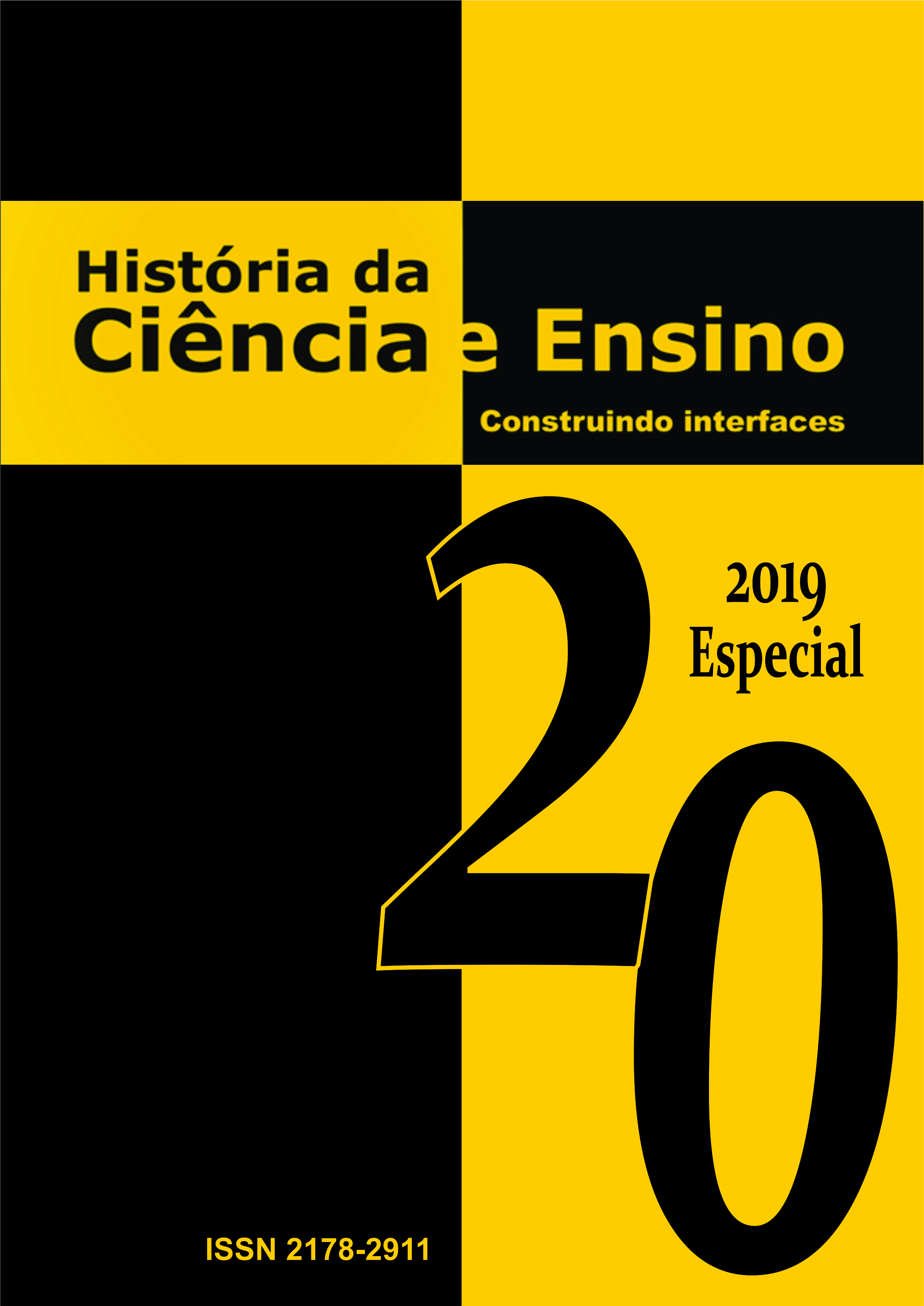A IMPORTÂNCIA DO MICROSCÓPIO ÓTICO NA REVOLUÇÃO CIENTÍFICA - DAS PRÁTICAS EDUCACIONAIS À REPRESENTAÇÃO MUSEOLÓGICA
DOI:
https://doi.org/10.23925/2178-2911.2019v20espp126-140Resumo
Resumo
Neste artigo é apresentada uma reflexão sobre os museus de ciência a partir da sua vertente educativa ligada às questões da representação museológica. Em discussão está a importância do microscópio como objeto de destaque museológico aliada ao seu contributo para o ensino das ciências. Numa primeira abordagem é feita uma contextualização histórica sobre a descoberta, desenvolvimento e importância deste instrumento, seguida de uma contextualização científica sobre a sua utilização como ferramenta de investigação e educação. Numa segunda abordagem serão apresentados os campos de aplicação deste equipamento como instrumento educativo ao longo do século XIX até ao século XXI. Como exemplos serão referidos três museus nacionais de ciência: Museu de História Natural e da Ciência da Universidade do Porto; Museu da Ciência da Universidade de Coimbra; e Museu Nacional de História Natural e da Ciência da Universidade de Lisboa.
Palavras-chave: microscópio; educação; museologia; história da ciência. Abstract
This article presents a reflection on the role played by science museums from an educational point of view in connection with issues pertaining to museological representation. In discussion is the importance of the microscope as an object of museological prominence allied to its contribution for science teaching. In a first approach, a historical contextualization on the discovery, development and importance of this instrument will be provided, followed by a scientific contextualization on its use as an educational and research tool. In a second approach the fields of application of the microscope as an educational instrument from the 19th century to the 21st century will be outlined. Three science museums in Portugal will be used as examples: the Natural History and Science Museum of the University of Porto, the Science Museum of the University of Coimbra and the National Museum of Natural History and Science of the University of Lisbon.
Keywords: microscope; education; museology; history of science.


